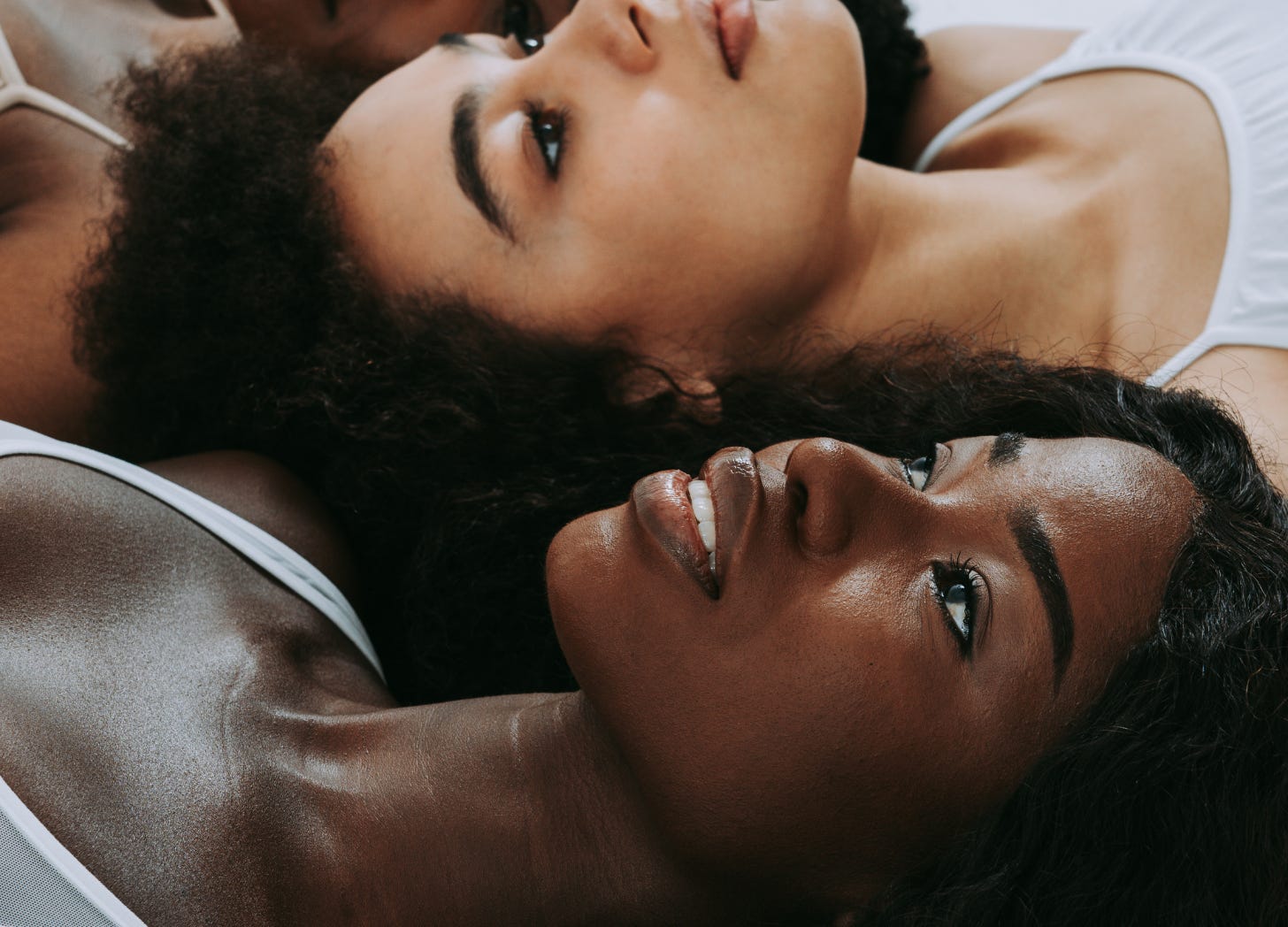Part II: Understanding Your Unique Undertone Story
Skin Deep: How to find foundation, lipstick, and blush
So you’ve figured out your undertone story, and it’s more complex than a single label(Read Part 1). Now comes the practical part: how do you shop for makeup that works with mixed undertones?
The Foundation Reality Check
When it comes to mixed undertones, you’re not looking for a foundation that perfectly matches every part of your face. Instead, aim for one that disappears seamlessly at the jawline-to-neck junction — because your neck is often the most neutral, balanced area of your undertone map.
Why the neck matters: It’s where your cooler and warmer zones meet. Matching here helps everything else look cohesive.
Foundation Shopping Strategy for Mixed Undertones
If your face is cool-dominant but you have warm areas:
Start with neutral foundations that lean slightly cool
Look for descriptions like "natural beige," "neutral rose," or "cool beige."
Avoid anything too pink (will clash with warm areas) or too yellow (will muddy cool areas)
If your face is warm-dominant but you have cool areas:
Start with neutral foundations that lean slightly warm
Look for "natural beige," "neutral golden," or "warm beige"
Avoid anything too yellow (will emphasize warm areas too much) or too pink (will clash)
If you're truly balanced/neutral:
You have the most flexibility
Look for "true neutral," "natural," or "balanced beige"
You can sometimes mix slightly warm and cool foundations to create your perfect match
Lipstick Shopping Cheat Sheet
Cool-Dominant
Buy: Berry, mauve, blue-red, classic red, rose, cherry
Avoid: Coral, orange, peach, warm pink, brick red
Warm-Dominant
Buy: Coral, peach, warm pink, brick red, bronze, golden.
Avoid: Berry, blue-red, mauve, cool pink, purple tones
Neutral
Buy: True red, natural pink, muted coral, soft berry, balanced brown
Can experiment: Both warm and cool, just avoid extremes
Blush Shopping
Follow your lipstick logic:
Cool-dominant → Pink/berry blush
Warm-dominant → Peach/coral blush
Neutral → Both work, avoid extremes
Quick Application Tips
For Mixed Undertones
Color correct lightly: Peach corrector on cool/gray areas, pink corrector on warm/yellow areas
Strategic placement: Put cool blush on naturally cooler cheek areas, warm products on warmer areas
Blend well: Use neutral products to bridge different undertone areas
Troubleshooting
"Foundation looks off" → Try mixing two shades or add color-adjusting drops
"Can't find my shade online." → Look for brands known for neutral undertones, and read reviews from similar skin descriptions
"Different makeup artists say different things." → Ask them to explain which area they're matching, and tell them you have mixed undertones
"Some golds look terrible on me." → Try muted/antique gold instead of bright yellow gold, or champagne tones
The Bottom Line
Foundation: Match your neck
Color makeup: Follow your dominant facial undertone
When in doubt: Choose neutral/balanced options
Trust compliments: If people say you look great in a color, it works regardless of "rules"
Remember: Your goal is to look like the best version of yourself, not to follow rules perfectly.
Skin Deep is where we strip away the surface and get to the raw, unfiltered truths about identity, self-trust, and the inner battles that shape who we are. It’s not about looking polished; it’s about getting honest.
Until next time.
Be bold. Be real. Be anomalous.



